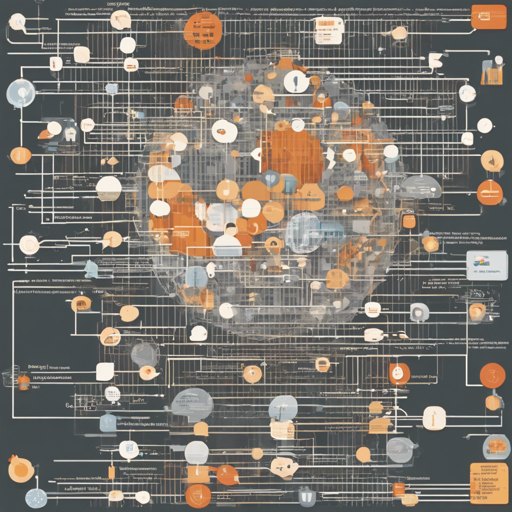Welcome to our exploration of the BERT large model, tailored for creating sentence embeddings in the Russian language. In this guide, we will walk through the process of using this powerful model with the help of PyTorch and Hugging Face’s Transformers. Whether you’re a developer, researcher, or AI enthusiast, this article will guide you smoothly—as it parallels crafting a delicious recipe that turns raw ingredients into a sumptuous dish!
Why Use Mean Token Embeddings?
To ensure the best quality, we will employ mean token embeddings. Think of mean pooling as the chef expertly mixing flavors to achieve a balanced taste, considering not just the ingredients but also their amounts. In the realm of sentence embeddings, it balances the contributions of each word based on their importance as denoted by attention scores.
Getting Started: Using the Model
Before diving into the code, ensure you have the required libraries installed. If you haven’t done so yet, you can install Transformers and Torch using pip:
pip install transformers torch
Now, let’s prepare for sentence embeddings! Below is the code that will guide us through this process.
from transformers import AutoTokenizer, AutoModel
import torch
# Mean Pooling - Take attention mask into account for correct averaging
def mean_pooling(model_output, attention_mask):
token_embeddings = model_output[0]
input_mask_expanded = attention_mask.unsqueeze(-1).expand(token_embeddings.size()).float()
sum_embeddings = torch.sum(token_embeddings * input_mask_expanded, 1)
sum_mask = torch.clamp(input_mask_expanded.sum(1), min=1e-9)
return sum_embeddings / sum_mask
# Sentences we want sentence embeddings for
sentences = ["Привет! Как твои дела?", "А правда, что 42 твое любимое число?"]
# Load AutoModel from huggingface model repository
tokenizer = AutoTokenizer.from_pretrained("ai-foreversbert_large_nlu_ru")
model = AutoModel.from_pretrained("ai-foreversbert_large_nlu_ru")
# Tokenize sentences
encoded_input = tokenizer(sentences, padding=True, truncation=True, max_length=24, return_tensors='pt')
# Compute token embeddings
with torch.no_grad():
model_output = model(**encoded_input)
# Perform pooling. In this case, mean pooling
sentence_embeddings = mean_pooling(model_output, encoded_input['attention_mask'])
Breaking Down the Code
Let’s simplify our code using a familiar analogy. Consider building a multi-layered cake. Each step corresponds to an essential part of our code:
- Gathering Ingredients: Importing the necessary libraries from Transformers and Torch is like ensuring you have all ingredients ready for your cake.
- Mixing the Batter: The mean pooling function is akin to blending the ingredients (token embeddings) evenly while considering the importance of each element (attention mask).
- Baking: Loading the model and tokenizing sentences allow you to prepare the mix for baking as we transform raw sentences into a form that’s digestible by our model.
- Final Touches: Finally, performing the mean pooling is like frosting the cake, giving it a mouthwatering finish! Now, we have our sentence embeddings ready to enjoy.
Troubleshooting Tips
While everything should ideally go smoothly, sometimes hiccups occur. If you encounter issues, here are some troubleshooting ideas:
- Ensure your internet connection is stable, as the model needs to be downloaded from the Hugging Face repository.
- If you encounter a version error, check compatibility and ensure that your versions of Transformers and Torch are up to date.
- Verify that you are using the correct model name when calling
from_pretrained. - If you have any specific questions or run into problems, feel free to reach out for support or check the detailed documentation on the Transformers documentation.
- For more insights, updates, or to collaborate on AI development projects, stay connected with fxis.ai.
Conclusion
At fxis.ai, we believe that such advancements are crucial for the future of AI, as they enable more comprehensive and effective solutions. Our team is continually exploring new methodologies to push the envelope in artificial intelligence, ensuring that our clients benefit from the latest technological innovations.
We hope this guide has made using the BERT large model for sentence embeddings in Russian accessible and enjoyable. Happy coding!

